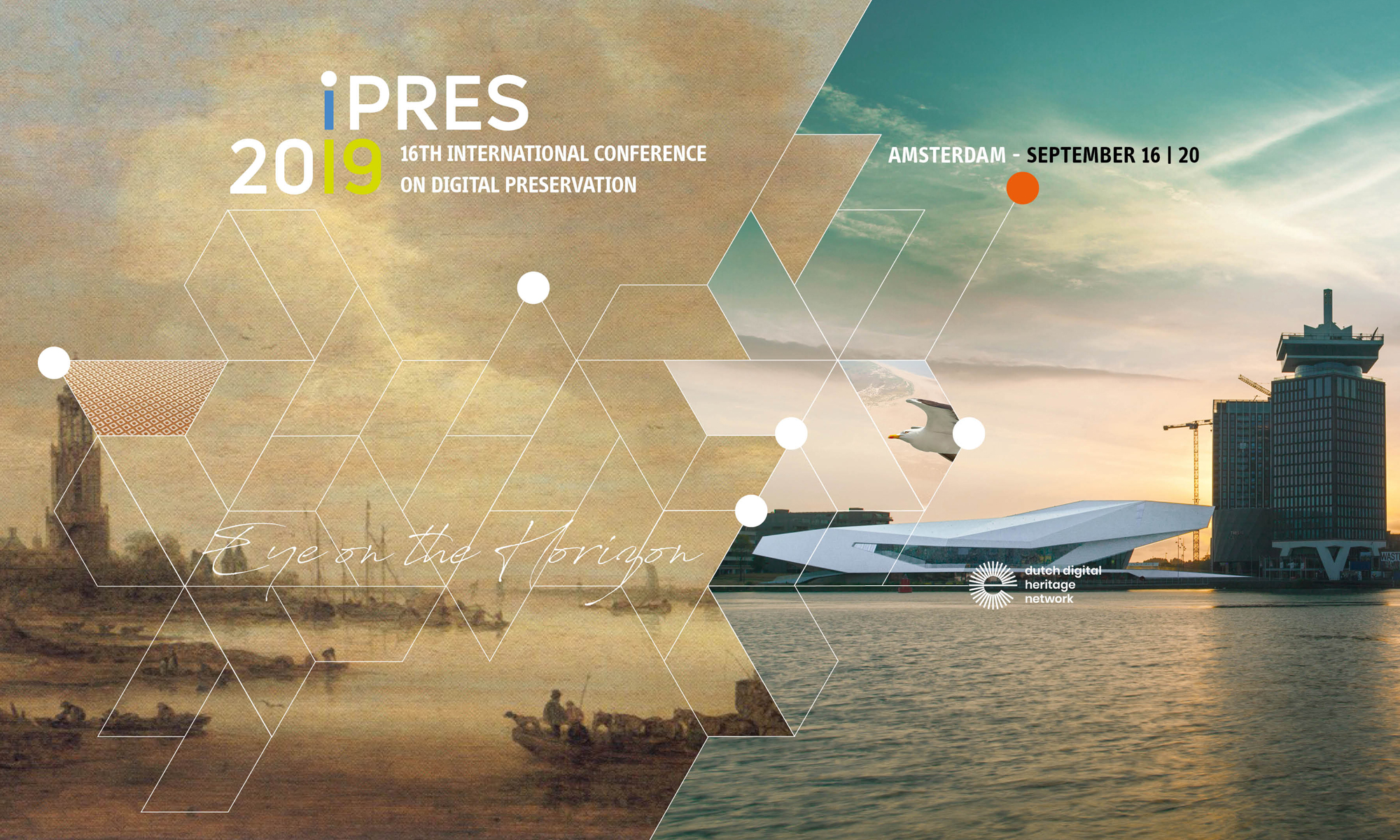CUTTING EDGE // Emerging Formats
IJ lounge
Paper
Detailed Programme
Considerations on the Acquisition and Preservation of eBook Mobile apps
Maureen Pennock (The British Library)
In 2018 and 2019, as part of the UK Legal Deposit Libraries’ sponsored ‘Emerging Formats’ project, the British Library’s digital preservation team undertook a program of research into the preservation of new forms of content. One of these content types was eBooks published as Mobile Apps. Research considered a relatively small number of apps in an attempt to better understand the preservation challenges associated with them and make recommendations for a way forwards. It found that whilst the content landscape is extremely varied, the technical challenges are similar for both Android and Apple apps. The greatest challenges appear to lie in the acquisition and access areas, particularly in enabling delivery to appropriate rendering environments and devices, though other challenges remain around the use of device sensors and content stored on remote servers rather than the user’s device. Whilst these challenges may be surmountable with sufficient resource and investment, the lack of growth in this content area in recent years makes large scale investment questionable.
Download Paper (PDF)Supporting Virtual Reality and 3D in Academic Libraries: Defining Preservation and Curation Challenges
Zack Lischer-Katz (University of Oklahoma), Nathan Hall (Virginia Tech)
Academic libraries are increasingly adopting VR technology for a variety of research and teaching purposes, including providing enhanced access to collections of 3D models, to offer new research tools, and to provide new immersive learning environments for students. This trend suggests positive developments in technological innovation for libraries, however, there is a lack of clear guidance in the library community on how to introduce these technologies in effective ways and make them sustainable within their institutions. In June 2018, the University of Oklahoma hosted the second of three forums on the topic of how to use 3D and VR for visualization and analysis in academic libraries, as part of the IMLS-funded project, Developing Library Strategy for 3D and Virtual Reality Collection Development and Reuse (LIB3DVR). This study uses nominal group technique with invited experts across several disciplines and sectors to identify common preservation and curation challenges in the visualization and analysis of 3D data and the management of VR programs, for the purpose of developing a national library strategy.
Download Paper (PDF)Development and improvement of Image processing scheme for Archiving inscription
Hideyuki Uesugi (National Institute of Japanese Literature)
This paper improvement image processing scheme for digitally archiving inscription on stone monuments. This scheme succeeded in significantly speeding up the image processing. Moreover, noise reduction results show that the proposed scheme can significantly improve the readability of the inscription text. The method developed in this study is also important for the future development of automatic recognition of characters in inscription from photographs.
Download Paper (PDF)Passive Digital Preservation Now & Later
Vincent Joguin (Eupalia)
This paper presents the newly available Micr'Olonys software-on-film digital archiving solution that builds on a multi-layered virtual machine, and microfilm, a proven medium with a life expectancy of 500 years. The passive digital preservation strategy it follows matches the features of a written form contrasting with current active strategies that rather compare to orality.
Micr'Olonys stores digital files as 2D barcodes whose content can be restored, using any general-purpose computer and scanner, by implementing the procedure described in a self-contained bootstrap that spans a dozen human-readable pages including a simple 2-page algorithm. In the future, Micr'Olonys aims to become a powerful preservation tool for complex formats and software, as well as the access key to DNA digital storage to archive massive amounts of data.


